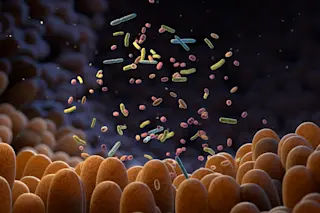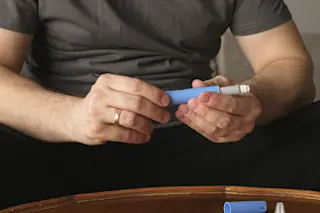THE STUDY “Endocrine Regulation of Energy Metabolism by the Skeleton” by Na Kyung Lee et al., published in Cell, August 10, 2007.
THE MOTIVE Nestled about the body, endocrine glands like the thyroid, ovaries, testes, kidneys, and the heart secrete hormones, controlling crucial processes like hunger, blood pressure, and sexual reproduction. Now a team of scientists has shown that even cells in the skeleton—which we commonly think of as mere scaffolding—exude a hormone that helps the body store fat and regulate sugar levels in the blood. The finding not only shatters suppositions about the skeletal system, but it may ultimately yield strategies for treating diabetes.
THE METHODS In 2000, Gerard Karsenty, a molecular geneticist at Columbia University in New York City, discovered that leptin, a hormone made by fat cells, helps mold and repair the skeleton by acting upon bone-building cells called osteoblasts. Because hormone signaling is usually a two-way ...














